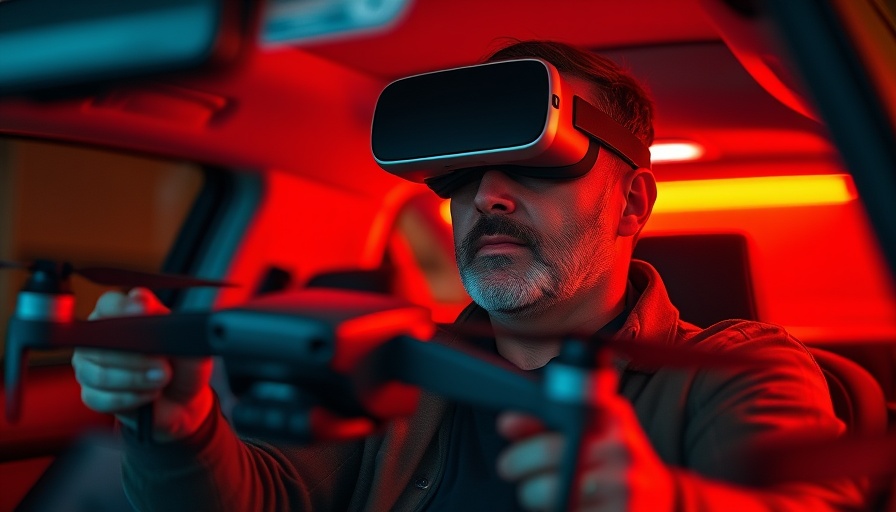
Revolutionizing Policing Through Digital Connectivity
In an era where smartphones dominate daily life, the Los Angeles Police Department (LAPD) exemplifies how a mobile-first approach can redefine modern law enforcement. The LAPD has taken bold steps to embrace mobile technology, integrating devices ranging from smartphones to tablets into the daily operations of its officers. This paradigm shift reflects a deeper necessity for police to operate effectively in a highly connected world, underscoring the importance of fostering community relationships and enhancing operational capabilities.
The Importance of a Mobile-First Mindset
Shifting to a mobile-first mindset is more than a technological switch; it’s a strategic transformation aimed at improving efficiency and service delivery. For the LAPD, equipping officers with smartphones and connecting them to the FirstNet broadband network represents a conscious effort to modernize policing. As police agencies recognize that traditional radios and mobile data terminals (MDTs) are becoming outdated, the mobile device emerges as a key tool for ensuring effective communication.
Untethered from Tradition: Navigating Modern Challenges
The LAPD’s choice to utilize FirstNet for their communication infrastructure highlights a crucial aspect of modern policing: reliability. This network, created specifically for first responders, ensures that LAPD officers can communicate seamlessly, even during peak usage times when regular networks may falter. With features like priority access and preemption, FirstNet empowers officer connectivity, proving invaluable in maintaining public safety during crises.
Enhancing Community Engagement Through Mobility
As officers leverage mobile technology, the benefits extend directly to their interactions with the community. One particularly noteworthy implication is the ability to complete forms and paperwork in the field, allowing officers to spend less time tethered to police stations and more time connecting with local residents. This 'on-the-go' paperwork approach fosters trust, encouraging productive dialogues between law enforcement and citizens. The LAPD’s commitment to reducing bureaucracy and enhancing visibility reflects a broader trend that could lead to more engaged and informed communities.
Real-Time Data Sharing: A Game-Changer for Law Enforcement
There’s no denying that data is the lifeblood of informed decision-making. By transitioning to mobile technologies, the LAPD enhances its capability to capture, share, and act on data in real-time. A pertinent example includes immediate access to critical information during emergencies, ensuring that an officer’s situational awareness is informed and precise. Moreover, the increased transparency facilitated by real-time data can create a stronger foundation of trust between law enforcement and the community.
The Road Ahead: Future Trends in Policing
As the LAPD continues to iterate on its mobile-first approach, it sets the stage for a future where technology and policing are seamlessly intertwined. The integration of AI and real-time analytics is on the horizon, offering exciting possibilities for predictive policing and enhanced crime prevention measures. However, as we anticipate these advancements, it’s vital to also consider the ethical implications of technology in policing and ensure that community trust remains at the forefront of these innovations.
Concluding Thoughts: Embracing Change for Better Service
In summary, the LAPD exemplifies how a commitment to mobile technology can revolutionize law enforcement practices. By focusing on connectivity and real-time data sharing, the department not only enhances operational efficiency but also fosters deeper community relationships. As other law enforcement agencies look to modernize, they can draw valuable lessons from the LAPD’s innovative approach. Embrace change, leverage technology, and connect with the community – the future of policing is indeed mobile.
 Add Row
Add Row  Add
Add 

 Add Element
Add Element 




Write A Comment